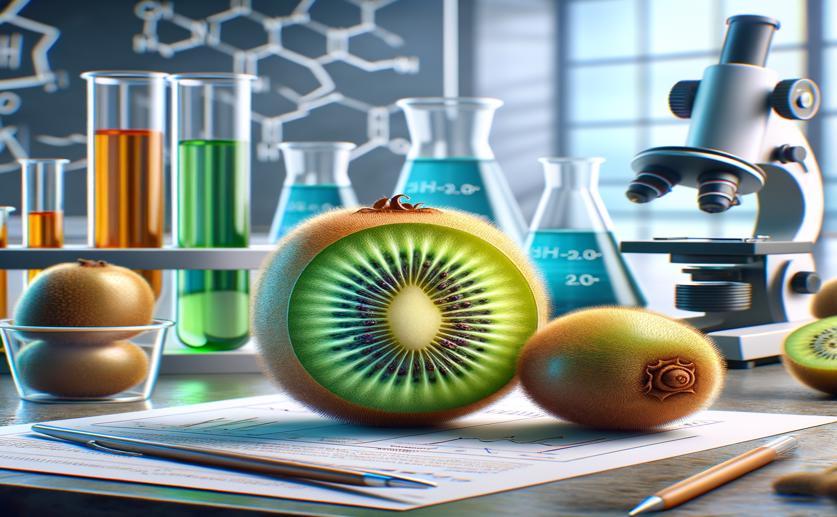
Understanding Kiwi Fruit Ripening Through Genetic Variations
Jim Crocker
18th May, 2024

Image Source: Natural Science News, 2024
Key Findings
- Researchers at Anhui Agricultural University studied the genetic basis of chlorophyll retention in green-fleshed kiwifruit
- They identified a structural variation in the AcBCM gene promoter that leads to high expression of AcBCM during late fruit development
- This high expression of AcBCM regulates the enzyme AcSGR2, causing chlorophyll accumulation and preventing the usual degreening seen in other fruits
References
Main Study
1) Graph-Based Pangenome of Actinidia chinensis Reveals Structural Variations Mediating Fruit Degreening.
Published 17th May, 2024
https://doi.org/10.1002/advs.202400322
Related Studies
2) Enhancing Health Benefits through Chlorophylls and Chlorophyll-Rich Agro-Food: A Comprehensive Review.
3) The control of chlorophyll levels in maturing kiwifruit.



 13th March, 2024 | Jenn Hoskins
13th March, 2024 | Jenn Hoskins